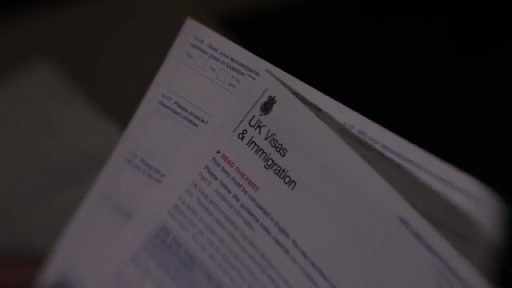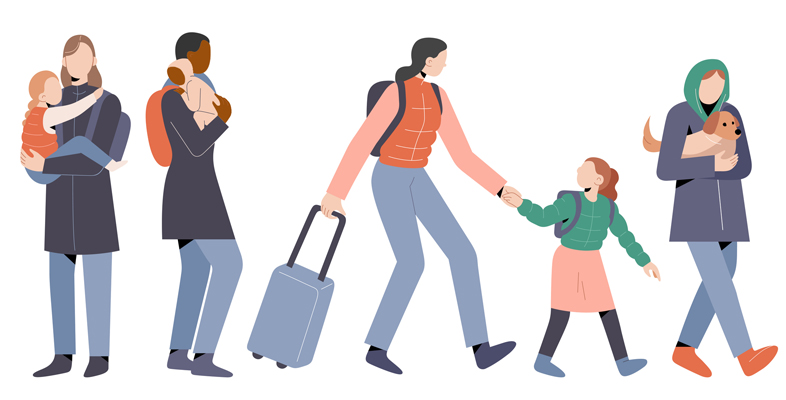8.2 Trafficking
Data suggests that 2118 young people were trafficked into the UK in 2016 for the purposes of modern day slavery (ECPAT UK, 2018). The UK government has an obligation arising under the Council of Europe Convention on Action against Trafficking in Human Beings 2005 to identify and protect survivors of trafficking. This happens in the UK through the National Referral Mechanism (NRM). Adults must consent to be referred into the NRM, but children are referred without their consent by first responders (e.g. the police, the Home Office, social workers and a range of non-governmental organisations (NGOs)). Scotland and Northern Ireland have also recently passed modern slavery Acts in order to progress their obligations to detect and prosecute trafficking, and to offer support to survivors of trafficking (see Box 3).
In Activity 5 you will consider some good practice guidance on dealing with suspected child trafficking.
Activity 5 Child trafficking
In this activity, you'll be asked to watch a video on child trafficking, which mentions abuse and rape. If you are concerned that you might find this video distressing and that it could adversely affect your mental health, you might like to skip this activity or engage with it only very lightly.
Watch the following short video on child trafficking made by ECPAT UK and then read the document on Age Assessment Guidance [Tip: hold Ctrl and click a link to open it in a new tab. (Hide tip)] from ADCS (ADCS, 2015).
As you watch the video and read the guidance, answer the questions that follow.

Transcript: Video 2 Child trafficking
[TEXT ON SCREEN: Each year, 700 children are trafficked into the UK and exploited. But that’s just the tip of the iceberg... At least 13,000 men, women and children are thought to be living in condition of slavery here.]
1. What can social workers do to support young people who may have been trafficked?
2. What are some of the barriers to the young people accessing help?
3. How might the barriers be overcome?
Discussion
The ADCS (2015) guidance states:
In 2014, 627 children were referred to the National Referral Mechanism as potential victims of trafficking, 327 females and 300 males. Most of these children were trafficked for sexual exploitation, labour exploitation or domestic servitude. Social workers must be alert to the possibility of child trafficking and be prepared to instigate a child protection response where a child may be at risk.
(ADCS, 2015, Appendix B)
Many of the trafficked young people are British. As you saw in Activity 1, at least a quarter of trafficked young people in the UK are young people who have gone missing from the UK care system.
Identifying trafficked children can be a challenge. Children are unlikely to disclose that they have been trafficked, and they may believe that they have come to the UK for a better life or be suspicious of authority or adults. They are also often disbelieved when they do disclose information and can find themselves being prosecuted in the UK for enforced criminality, rather than being identified as victims of exploitation (ECPAT UK, 2018).
For a variety of reasons, including fear of repercussions for themselves and for their families, it can also be difficult to get trafficked children to provide a clear story, especially given that they might have been coached to provide a particular a story by their abusers. Taking the time to ensure their safety, gain children’s trust and to build a relationship is crucial to an accurate social work assessment. Expert advice from the organisations working in this field can be helpful (see Box 5 in Section 7.2). One useful resource is the London Safeguarding Trafficked Children Toolkit (London Safeguarding Children Board, 2009).
The Modern Slavery Act 2015 requires statutory guardians for trafficked children. There is a commitment under Section 48 of the Modern Slavery Act for independent child advocacy to be made available to trafficked children; however, the provision of this service across England and Wales has been slow to materialise, and the pilots across ten local authorities were completed in 2022.
